Grant Drumheller In the Garden


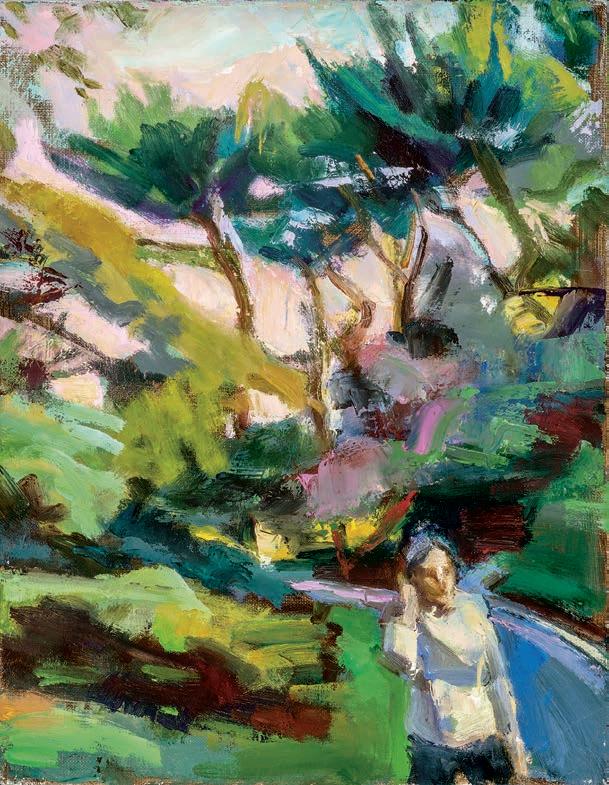
Introduction
Though Grant Drumheller and I worked together for nearly a decade, attending student crits and museum exhibitions, In the Garden was the impetus for my first visit to his studio. There, with the scent of fresh paint lingering in the air, surrounded by paintings stacked floor to ceiling with works in progress on easels and milk crates, we interacted, artist to curator, and discussed his work.
The visit unfolded organically; questions led to the consideration of paintings hidden behind others, pieces were pulled from shelves and unwrapped to be examined anew. As our conversation deepened so did the focus of the show: intimate family paintings. The exhibition title, In the Garden, captures the vitality, contentment, and ever-changing dynamic of the people nurtured by the artist and his wife. In Drumheller’s paintings, family members relax and picnic unbothered by the artist’s rapt attention. Through his discreet vantage point, this insular domestic world opens up, inviting us in to marvel at the astonishing bonds holding his family fast. And, in turn, causing us to consider our own.
On behalf of the faculty, staff, and students of the Department of Art and Art History, I want to thank Grant Drumheller for his collegiality and uncompromising approach to instructing students how to paint and draw, but more importantly teaching all of us how to see.
Kristina L. Durocher, Director Museum of Art of the University of New Hampshire
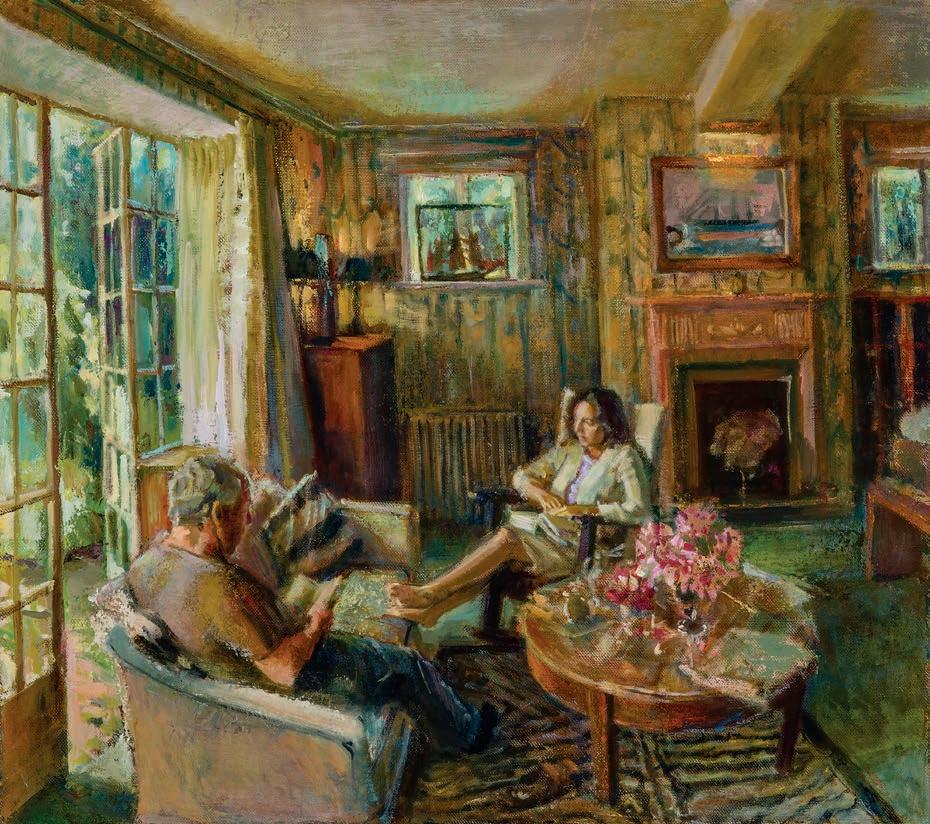
A Conversation: Grant Drumheller with his wife Karina Drumheller
The paintings in this exhibition are testimony to the Eden I inhabit. They are part of a specific body of work that I have been painting since I began as a painter in the late 1970s. As I review my teaching and professional life as a painter, the subject for this exhibition
Grant Drumheller: In the Garden has come into focus. New figures who have appeared as children become adults and bring in husbands and partners. Babies and children are now present, and dogs, our dear sentinels and companions, are everywhere.
Grant, I can see paintings that include gardens, though some of the paintings don’t have gardens, could you speak to that?
The garden I refer to is anywhere here and now on earth. My garden is my immediate world—my life. I am in a cycle; inspiration, work, contemplation, rest. These paintings reflect all those stages whether they include a garden or not.
When I look at this show, the paintings seem very intimate. Is that what you meant to convey?
When you know a head so well, a body, it accustoms itself to the contours of a space easily. Karina, you are always there, it’s almost as though you and the space are one. When our children were kids, I had similar experiences.
Now there’s a bigger cast of characters and the paintings have developed into character narratives in some cases.
The most recent painting, Morning on the Deck (2022, cover), has figures in shadow and light. As it developed, I was struck by the mysterious look on Tess’s face as she observed Iza (her baby daughter), and Bruno, (her husband), at the table. It compelled me to keep trying to bring the space up to equal the interaction of the figures I was observing.
The image of Lu (my mother) following a red cow in Ireland just called out to me from the snapshot that inspired it, (Lucille in Ireland, 2013). It deserved to be painted, and it is a relic of Dad taking the picture. He was always behind the camera, so I think of him with the painting.
opposite: Reading Together in Devon, 2011
The painting, Porch on Deer Isle (2020), really draws my attention. Everyone is doing something different around the new baby in the center. The porch itself seems to be acting like a frame!
That painting was a challenge in that there were so many figures in action. Ophelia sitting with her uncle Bobo, (as she calls Bruno). Tess at the end looking skeptically at her new little niece, baby Ophelia. In my mind, Tess is appraising the idea of motherhood and not too excited, though her husband Bruno is very drawn to the baby. Byam is grooming Chillie, the old lab girl, and Sarah,
the new mother, peers out at me from the bottom left. It is Hogarthian, full of intent and life.1 Any picture represents a moment in time, between the subject and artist, the artist and their work. Over your career, it seems you have developed a style that can give the sense of the figure with very few strokes and use bright color doing it. Do you credit your training or any influential painters for your style—your mode of expression? And why do you paint your family over and over again?
As for painting my family over and over—it’s just how it is.

I am an observer. Much of my work includes estrangement as well as closeness. My obsessions are what they are. I can’t account for them or the inspirations they give me. I do know I have an appetite in my work: to seek the reality of the moment that seems to be just out of my reach. I operate within this paradox.
Charles Simic, in the essay from my exhibition catalog Private View (2004), said it differently:
Every family is an enigma, not just to a stranger, but at times even to its closest members. The sunniest of interiors hold secrets. Here and there a door is shut ....
Someone lies with eyes closed pretending to sleep. Someone else is staring out of a window daydreaming. A household, as everyone knows, can be both heaven and hell. ‘Who are these people?’ one wonders at times.
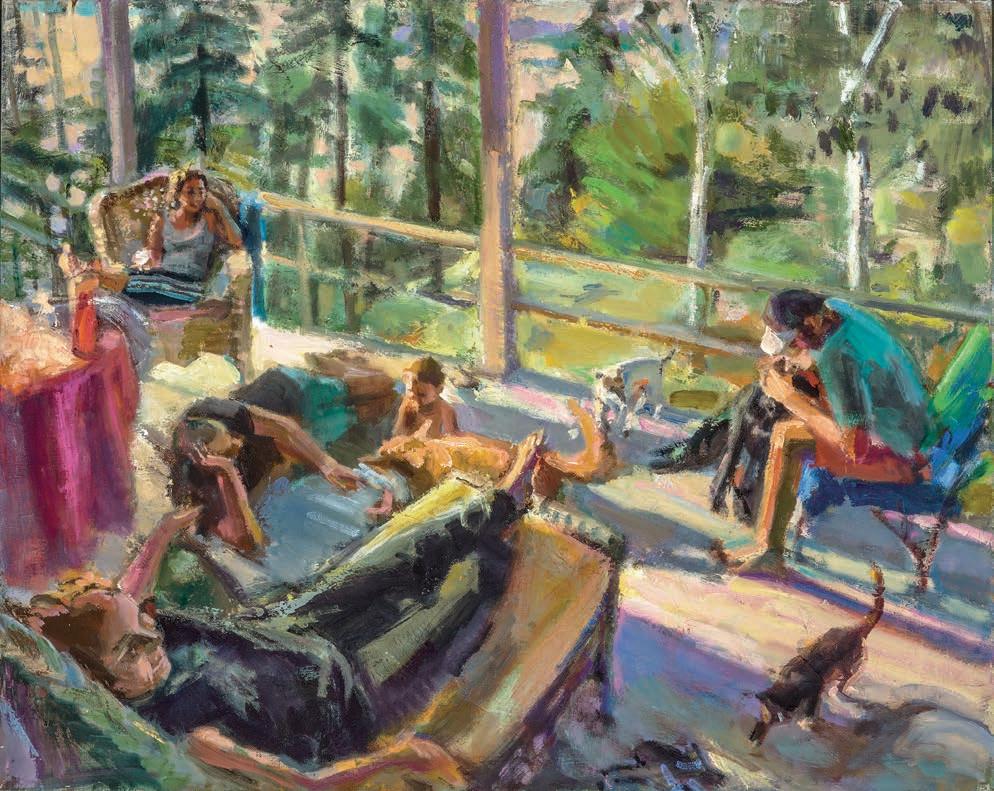
The more we think we know them, the more they elude us. They are both familiar and remote. It’s as if they stood on a kind of threshold, sometimes stepping forward towards us, sometimes stepping back into the darkness of their inner worlds.
I also was thinking of a quote by Corot that speaks to the creative process. He said, “paint the same tree every year,” which I understand as when you paint the familiar, you create a new world every time.2
My most profound experiences were with teachers who provided a standard for working. They pushed me to follow instincts and be true to my painting inspiration. They discouraged me from being a careerist. I was encouraged to look for guidance from the great artists I admired. Piero della Francesca and Luca Signorelli, Cézanne, Matisse, and Bonnard—these were my examples. The training meant repetition and reworking, i.e., drawing and painting incessantly. Work through problems, pushing through the clumsy stages to get to the other side, and taking chances, erasing and reforming passages. It was all about having courage in front of the painting.

Could you share a little about the watercolor sketchbook you created about Iza’s first year?
I wasn’t intending to make a book, it just happened. I had a blank sketchbook with nice watercolor paper from Venice.
Karina and Olee Reading, 2021
The images of Tess and the baby with Bruno developed from us being in the house with them, waiting for the baby’s arrival and then her first days of life. My next book is for Ophelia. In the watercolor Karina and Olee Reading (2021), the obvious delight she feels in your presence (and vice versa), is enhanced by the pool of direct sun falling between the two of you. Light and color prove time and again to be the messengers of feeling in my work.
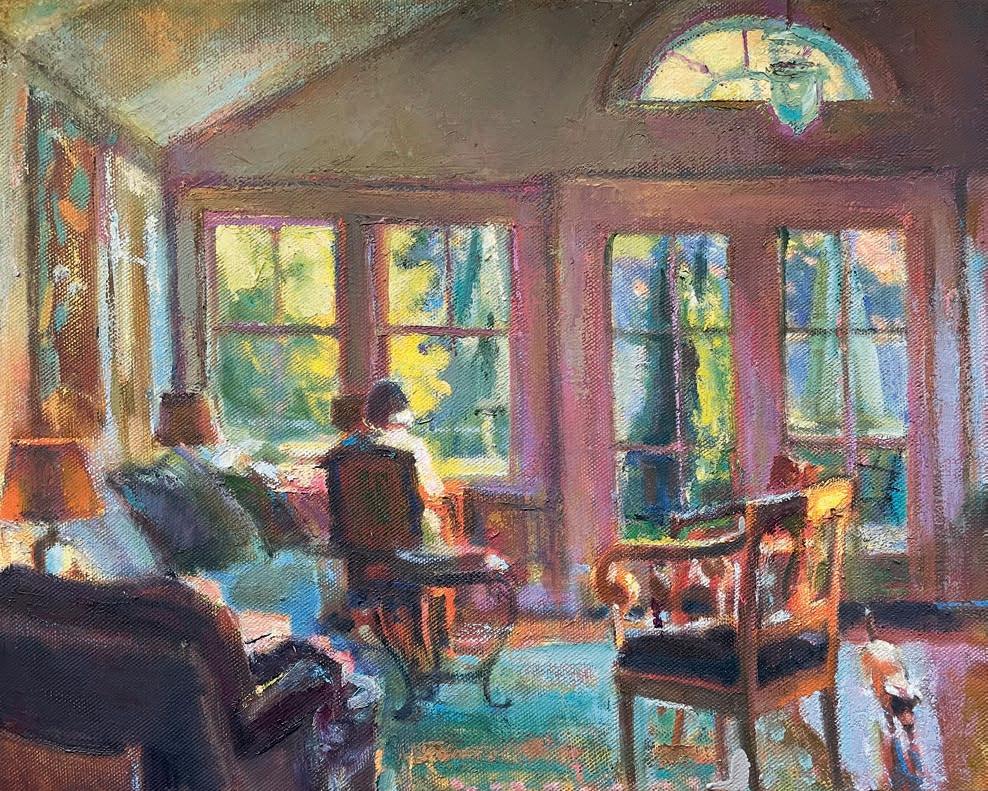
Sisters with Infant, 2017

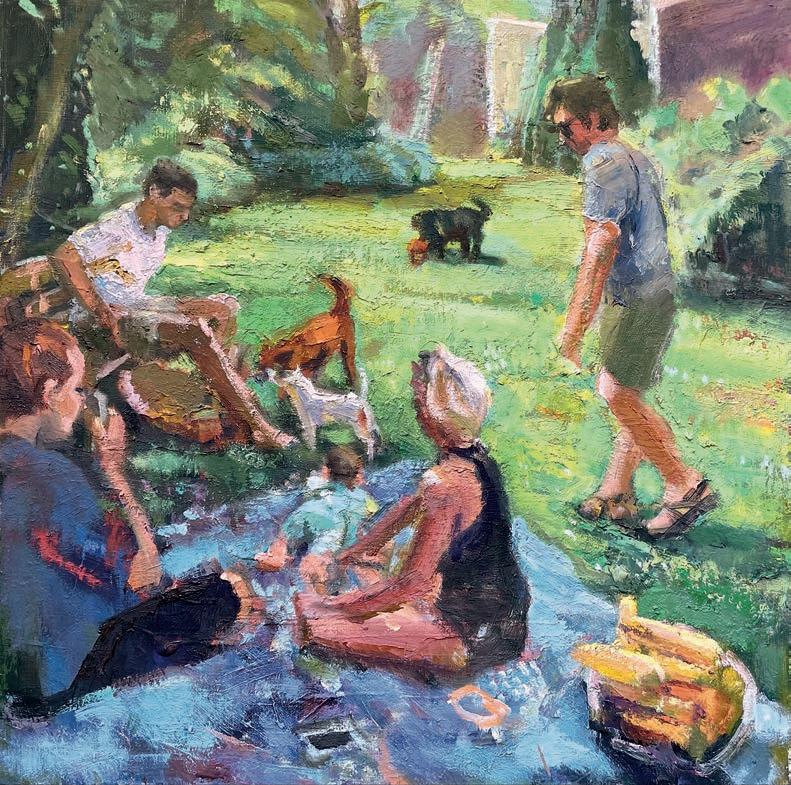
Exhibition Checklist
Big Tree in Fort Greene, 2022, oil on linen, 40 x 40 inches
Karina at her Desk, 2022, oil on linen, 16 x 20 inches
Morning on the Deck, 2022, acrylic and Flashe on linen, 60 x 72 inches
Walking the Baby in Fort Greene, 2022, gouache, 12 x 12 inches
Artist’s sketchbook, 2021–22, handmade block printed exterior, 20 pages, gouache and watercolor, 8 x 12 x 1 inches
Karina and Olee Reading, 2021, watercolor, 11 x 14 inches
Wet Dog Walk, 2021, gouache, 12 x 10 inches
Botanical Garden, 2020, oil on linen, 14 x 11 inches
Lake Swimmers, 2020, oil on linen, 14 x 11 inches
Pond in Maine, 2020, gouache, 10 x 10 inches
Porch on Deer Isle, 2020, oil on linen, 24 x 30 inches
Tess in Brooklyn, 2020, gouache, 7 x 6 inches
Deer Isle, Sunset, 2019, oil on linen, 12 x 12 inches
Fanny, 2019, acrylic on linen, 16 x 16 inches
Doggy Pool, 2018, acrylic on linen, 12 x 9 inches
Portrait of Bruno, 2018, oil on linen, 16 x 12 inches
Backyard Summer Blanket, 2017, oil on linen, 16 x 16 inches
Sisters with Infant, 2017, oil on linen, 11 x 14 inches
Girl and Peacocks, 2016, oil on linen, 11 x 14 inches
Farm in Eliot, Maine, 2015, oil on linen, 48 x 60 inches
Karina Mowing, 2015, oil on linen, 12 x 10 inches
Lily in Maine, 2014, oil on linen, 24 x 18 inches
Lucille in Ireland, 2013, oil on panel, 11 x 14 inches
Sisters on the Beach, 2013, oil on linen, 10 x 12 inches; private collection
Dawn at the Ocean, 2012, oil on linen, 7 x 5 inches
Lily with Magnolia, 2012, oil on linen, 42 x 38 inches
Livia’s Room at Night, 2012, oil on linen, 16 x 12 inches
Reading Together in Devon, 2011, oil on linen, 32 x 38 inches
Karina at the Window, 2008, oil on linen, 20 x 18 inches

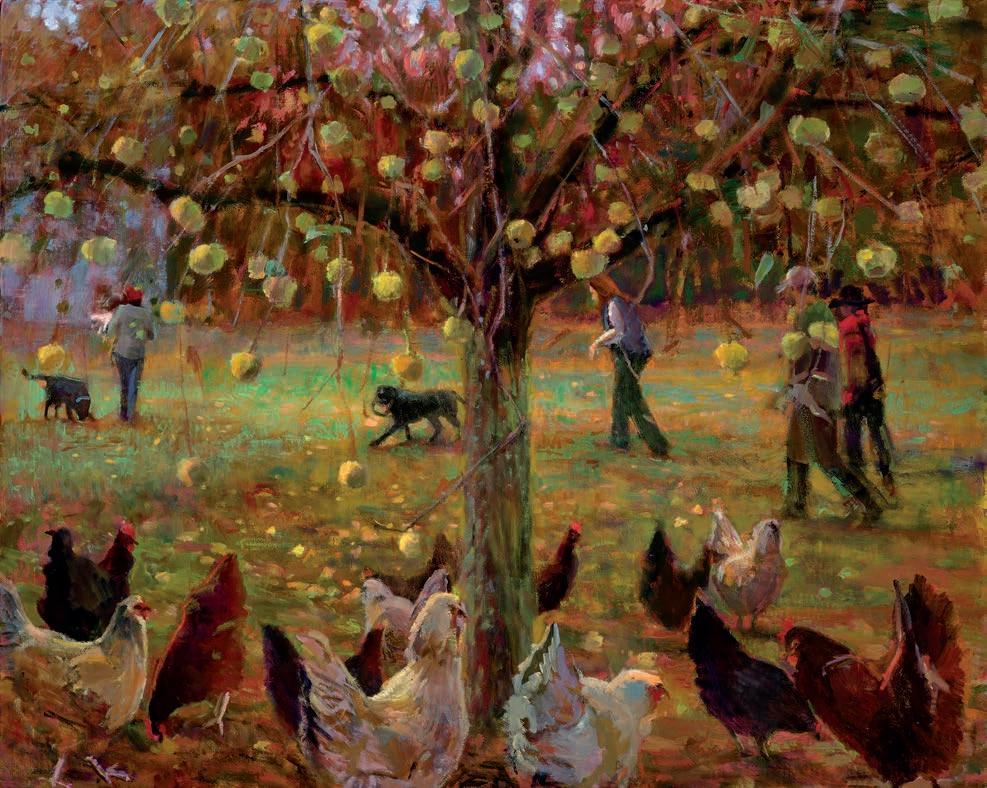
Image on back cover: Deer Isle, Sunset, 2019
Tintype portrait photograph: Cole Caswell
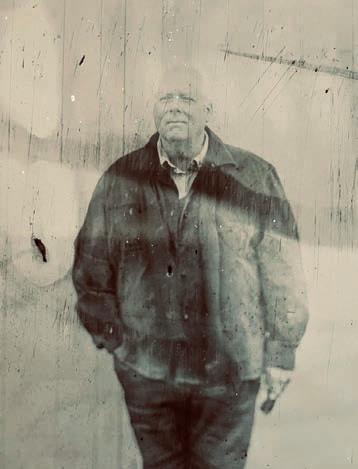
Artwork photography: Andrew Edgar
Graphic Design: Claudia Marchand
Printed by Shawmut Communications Group.
Typeface Celeste is © Monotype.
Art © Grant Drumheller; Catalog © 2023.
All rights reserved.
Grant Drumheller lives and works in coastal New Hampshire. He has exhibited both nationally and internationally. Drumheller has received grants from the Pollock-Krasner Foundation, the National Endowment for the Arts, and the Fulbright-Hays Commission to Italy, among other awards. He is Professor Emeritus of Art at the University of New Hampshire, where he taught from 1986 to 2019. He regularly shows at Prince Street Gallery (New York, NY), Greenhut Galleries (Portland, ME), and the Elder Gallery of Contemporary Art (Charlotte, NC). He will exhibit at the Portsmouth Museum of New Art with five other artists in late 2023. For more information, visit www.GrantDrumheller.com.
This exhibition and publication would not have been possible without the financial assistance of the Friends of the Museum of Art. The artist appreciates the support of the University and College of Liberal Arts in realizing this project and gratefully acknowledges the Department of Art and Art History for a long and fruitful career.
Thanks are due to colleagues at the Museum of Art, Kristina L. Durocher, Director; Molly Bolick, Education and Outreach Manager; Andrew Goldstein, Exhibition and Collection Manager; Kathy McKenna, Administrative Assistant; and museum fellows, Erin McKeen, Ember Nevins, and Nikki Tredwell, for their cooperation and contributions to the success of this exhibition. Last but not least, the artist wishes to thank his wife, Karina Drumheller and daughters Tess Drumheller and Sarah Nold and their families for supporting his life and art.
Museum of Art, University of New Hampshire
Paul Creative Arts Center
30 Academic Way, Durham, NH 03824
tel.: (603) 862-3712
website: cola.unh.edu/museum-art
This catalog was published on the occasion of the exhibition Grant Drumheller: In the Garden, January 26–April 1, 2023.
Grant Drumheller, 2022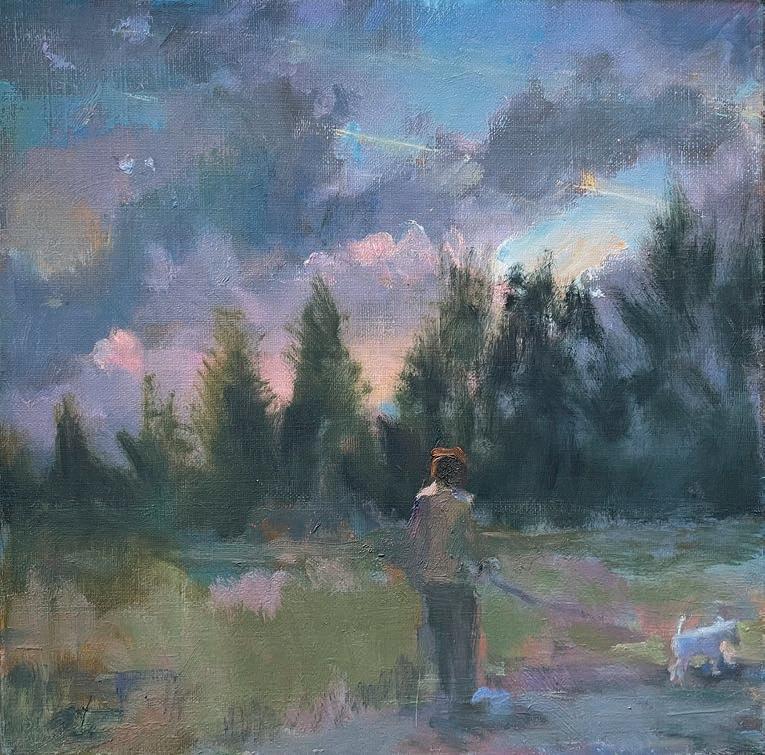 Museum of Art of the University of New Hampshire
Museum of Art of the University of New Hampshire
